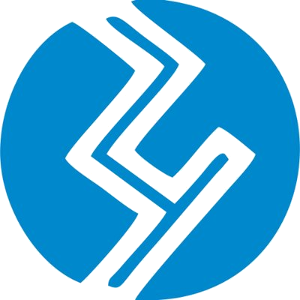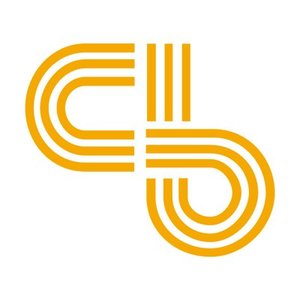The world of artificial intelligence is advancing at breakneck speed, and the need for robust safety measures and ethical guidelines is more critical than ever. But what happens when the very institutions designed to safeguard AI are facing the chopping block? News has emerged that the US AI Safety Institute (AISI), a crucial body within the National Institute of Standards and Technology (NIST), is facing potentially devastating budget cuts. This development sends shockwaves through the tech community, raising serious questions about the future of AI regulation and safety in the United States. Why the Concern Over US AI Safety Institute Cuts? Imagine building a super-fast car without brakes. That’s essentially what unchecked AI development could become. The AISI was established to be the ‘brake’ – the organization studying potential AI risks and setting crucial safety standards. Created just last year under a previous presidential executive order, its mission is to ensure that AI development proceeds responsibly. However, recent reports paint a grim picture: Massive Layoffs Looming: Axios and Bloomberg reports indicate that NIST, the parent organization of AISI, is planning significant layoffs, potentially affecting up to 500 staffers. These cuts are expected to heavily impact probationary employees, many of whom are likely working within the AISI and Chips for America initiatives. AISI ‘Gutted’: Sources suggest that the US AI Safety Institute is being specifically targeted and could be “gutted” by these layoffs. This means a significant reduction in personnel and resources dedicated to AI safety research and development. Leadership Vacuum: Adding to the turmoil, AISI’s director recently departed in February. This leadership gap, combined with potential staff reductions, creates a perfect storm of instability for the fledgling organization. Policy Reversal: The executive order that initially established AISI was repealed by the current administration, casting further doubt on the institute’s long-term viability and political backing. These potential AI Safety Institute cuts are not just numbers on a spreadsheet; they represent a tangible threat to the nation’s capacity to navigate the complex landscape of AI safety. Expert Voices Raise the Alarm on AI Regulation Impact The news of potential layoffs has been met with widespread criticism from AI safety and policy experts. Jason Green-Lowe, executive director of the Center for AI Policy, voiced serious concerns, stating that these cuts would “severely impact the government’s capacity to research and address critical AI safety concerns.” His sentiment is echoed across the AI safety community. Cutting resources from AISI now is seen as incredibly short-sighted, especially when: AI Risks are Escalating: As AI models become more powerful and integrated into various aspects of life, the potential risks – from bias and misuse to unforeseen consequences – are also growing. Global Race in AI: Nations worldwide are investing heavily in AI research and development. Weakening the US’s AI safety infrastructure could put the country at a disadvantage in the responsible development and deployment of AI technologies. Need for Standards: AISI’s role in developing standards and best practices for AI is crucial for ensuring interoperability, safety, and ethical considerations are built into AI systems from the ground up. Reduced capacity in this area could lead to fragmented and potentially unsafe AI development. The Broader Implications of NIST Layoffs for AI and Tech While the focus is on the US AI Safety Institute , the reported NIST layoffs AI extend beyond just this single organization. NIST plays a vital role in numerous sectors, including technology, manufacturing, and cybersecurity. Cuts of this magnitude could have ripple effects across various critical areas: NIST Area Potential Impact of Cuts AI Safety Research Slowdown in research, reduced capacity to identify and mitigate AI risks. Chips for America Potential delays or scaling back of initiatives to boost domestic semiconductor manufacturing. Technology Standards Development Slower development of crucial technology standards, impacting innovation and interoperability. Cybersecurity Weakened cybersecurity research and standards, potentially increasing vulnerability to cyber threats. These potential cuts raise serious questions about the direction of Government AI safety policy and the prioritization of technological safety and regulation in the current political climate. Are we sacrificing long-term safety and responsible innovation for short-term budget savings? Navigating the Uncertain Future of AI Safety The situation surrounding the US AI Safety Institute is fluid and concerning. While the reports of layoffs are still developing, the potential consequences for AI safety and regulation are significant. It underscores the ongoing tension between fostering innovation and ensuring responsible technological development. For those in the cryptocurrency and blockchain space, the implications are also relevant. AI is increasingly intertwined with blockchain technology, from enhancing security and efficiency to powering new decentralized applications. A robust and well-regulated AI ecosystem is essential for the continued growth and trust in decentralized technologies. The coming weeks will be crucial in determining the extent of these cuts and their lasting impact on the AI regulation impact and the future of AI safety in the US. Staying informed and advocating for responsible AI development is more important than ever. To learn more about the latest AI market trends, explore our articles on key developments shaping AI features.



















